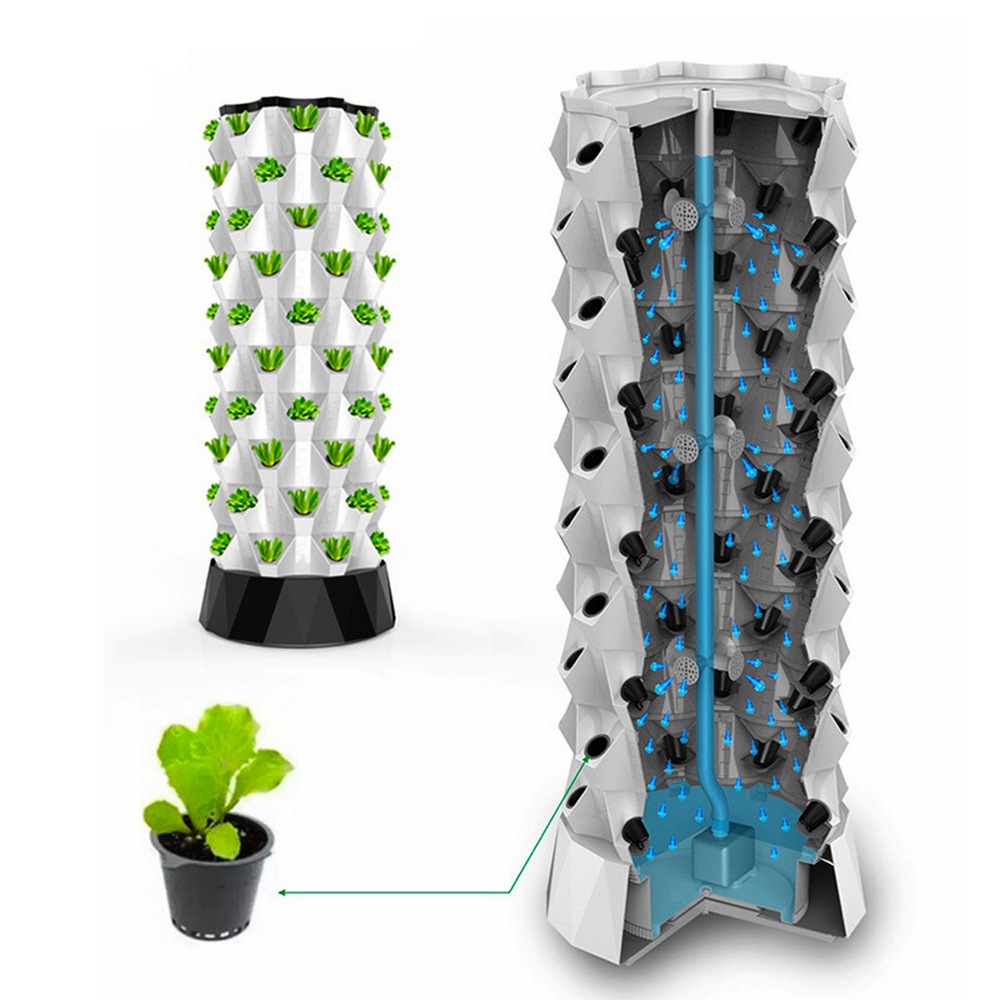this post was submitted on 26 Jun 2023
224 points (100.0% liked)
Solarpunk
223 readers
2 users here now
The space to discuss Solarpunk itself and Solarpunk related stuff that doesn't fit elsewhere.
Join our chat: Movim or XMPP client.
founded 2 years ago
MODERATORS
you are viewing a single comment's thread
view the rest of the comments
view the rest of the comments

While I generally agree, I think you are over-looking transportation needs and all the externalities associated with that. Vertical farms can be for apartments, what backyard gardening is to less densely populated places.
Vertical suburbs? Less dense cities in turn increase transportation needs again.
I also think transportation is a rather insignificant part of food production, based on the stats and graphs I've seen.
Why would they be less dense? The entire point of vertical farms is that they can be fit into places without decreasing density of housing.
The just in time delivery transport needs and related food-waste is quite significant for the type of highly perishable produce these vertical farms can provide. I think the stats you saw are for the entire food sector.
As I understand the concept, it is basically farms between houses, in houses. There's an opportunity cost: You could also have people living in that space.
I believe housing people is better than housing crops, for social reasons (housing prices high), but also due to economies of scale. A denser urban area makes all utilities and public transport more efficient.
Walkable cities are worth striving for. Some things like living, working, social activities cannot be outsourced without breaking that concept. Delivery with goods can be outsourced.
Does the farm have to be within town, is it more important than other things which could be in the same place? A truck can drive quite a distance in a few hours, which is short enough for perishable goods.
The type of vertical farms most people are talking about are under-ground or on roof-tops and occupy next to no space that could otherwise be used for housing.
The roads required for trucks take up more space in cities than those vertical farms would.